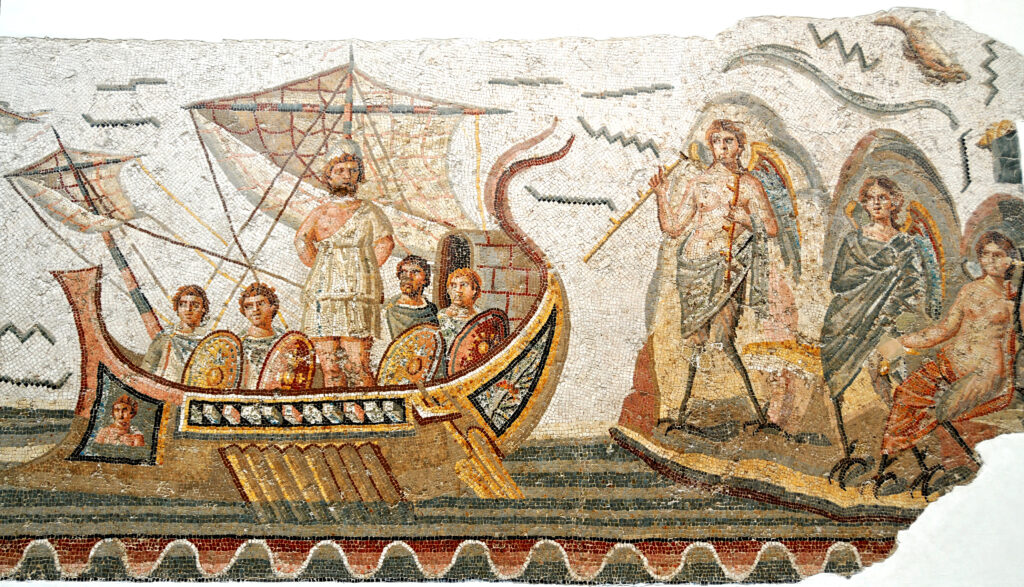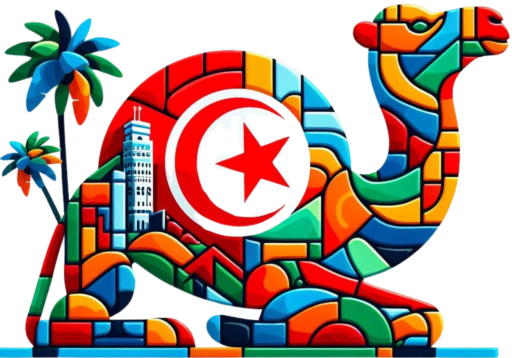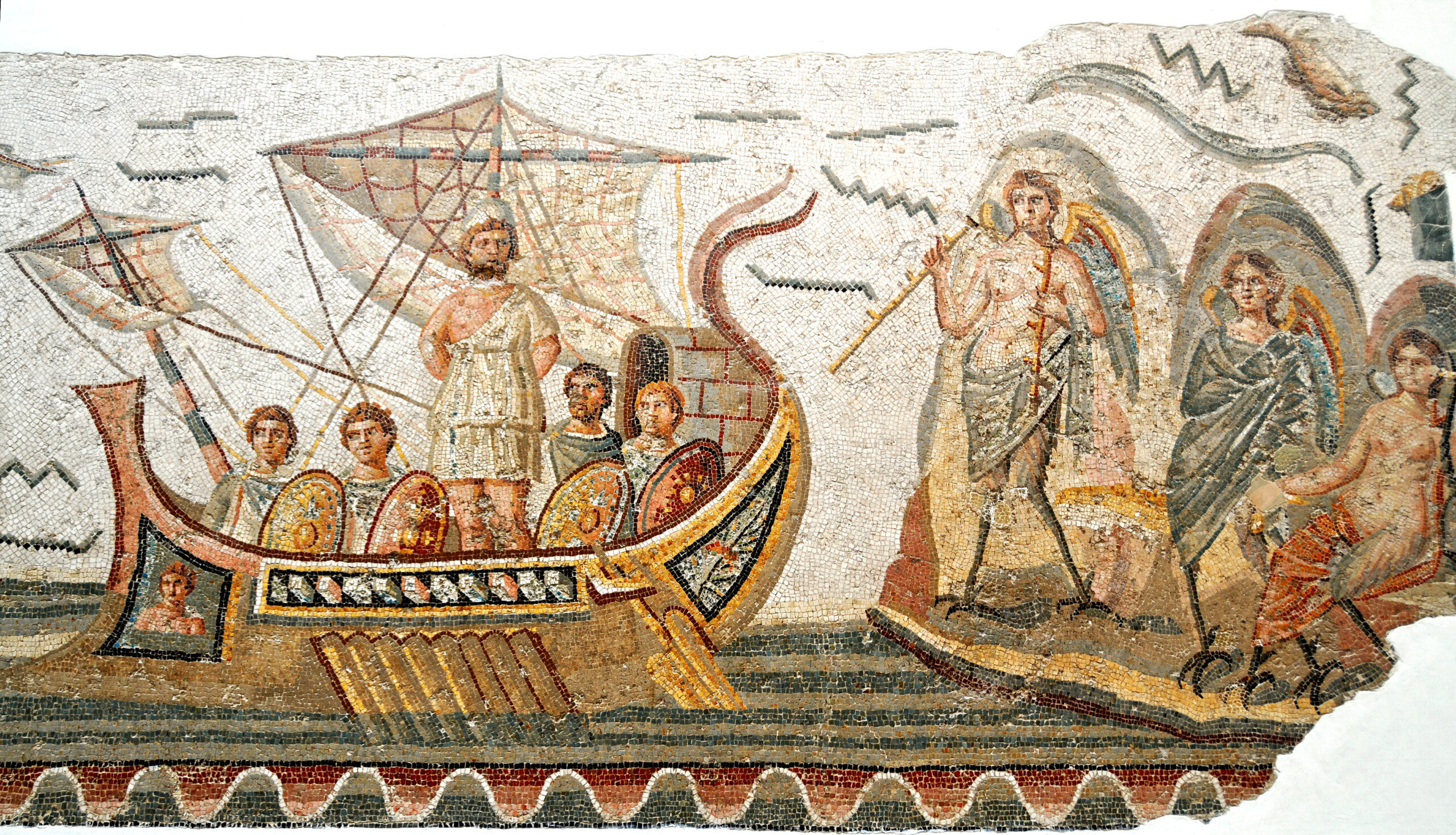
Art and Handicrafts in Tunisia: Treasures to Discover
Tunisia, thanks to its great history and culture, is a destination that fascinates for many things, including the extraordinary presence of art and handicrafts. This nation, located right at the top of Africa, boasts a handicraft tradition rooted in the past, resulting in unique and attractive productions. Let us delve deeper into this topic.
Berber carpets
The centuries-old art of Berber carpet weaving in Tunisia tells a characteristic folklore of important value.
The weaving of Berber carpets is a skill handed down from generation to generation, often taught from mother to daughter. Berber women use weaving and woollen threads to create these carpets by hand and each carpet is unique, as the craftswomen infuse their personal style into the patterns, geometric textures and vibrant colours. The carpets can vary in size, colour and pattern, often reflecting elements of nature, daily life and Berber spirituality.
Each carpet is unique and buying it means taking home not only an artistic masterpiece, but also a precious part of Tunisia’s ancient cultural heritage.
The pottery of Nabeul
Another somatic feature is the ceramics of Nabeul. This town is known as the ‘capital of ceramics’ and is home to an original tradition of pottery making. Local skilled workers create beautiful products such as plates, trays, vases and other decorative objects, embellished with intricate designs inspired by nature and Tunisian culture. Their production techniques are handed down from generation to generation and are combined with the flair of modern craftsmen, resulting in unique pieces that are a hallmark of Tunisian culture.
The charm of Tunisian mosaics
The art of mosaics in Tunisia dates back to Roman times and continues to shine brightly. These Tunisian works are renowned for their precision and detail. They are often inspired by mythological scenes, landscapes and portraits, capturing the essence of life at the time. The Bardo Museum in Tunis houses an extensive collection of ancient mosaics, providing an opportunity to dive into history through these exciting works of art.
Through the art of mosaics, Tunisia invites us to experience the combination of history and artistic beauty. These works, still as fascinating today as they were then, are a tribute to human creativity and the ability to tell stories through visual language. Representing an unbroken link with the past, mosaic art is an ode to Tunisia’s cultural heritage and a visual testimony to artistic evolution over the centuries.
Leather processing
Another important place worth mentioning is Kairouan, famous for its leather work. Handbags, shoes, jackets and decorative objects are created by skilled craftsmen who work the leather by hand, incorporating artistic details and high quality details.
The leather-working tradition in Kairouan is a tribute to the art of craftsmanship, rooted in the cultural fabric of the region. Skills handed down from generation to generation are combined with a modern twist, resulting in works that reflect both tradition and contemporaneity.
The elegance of metals
Like the other sectors, metal also deserves its place: in fact, Tunisian craftsmen are recognised for their skill in metalworking. Lamps, candelabra, jewellery and decorative objects are created with special care and extraordinary attention to every single detail.
These creations embody the aesthetics and elegance of metal, transforming the raw into functional and fascinating works of art. Traditional artistry is combined with modern creativity in each piece, reflecting a commitment to preserving and enhancing this art form. These works, charged with creative energy, enrich spaces with their authentic beauty, contributing to the cultural and artistic richness of Tunisia.
Conclusion
Tunisia’s craftsmanship is a symphony of skill, passion and creativity expressed through a variety of disciplines. From the intricate weaving of Berber carpets, to the vibrant colours of mosaics, to the craftsmanship of leather, to the hammering of metal that gives life to extraordinary lamps and jewellery, each sector reflects the identity and dedication of the Tunisian people.
These creations are not just objects, but living stories of a rich culture and deep history. Tunisian craftsmen weave together tradition and innovation, giving each work a unique soul. In every corner of this fascinating country, one can admire the fruits of these skills, silent witnesses of a cultural heritage that continues to shine with splendour.
For updated information, click here.
To read our other articles, click here.





